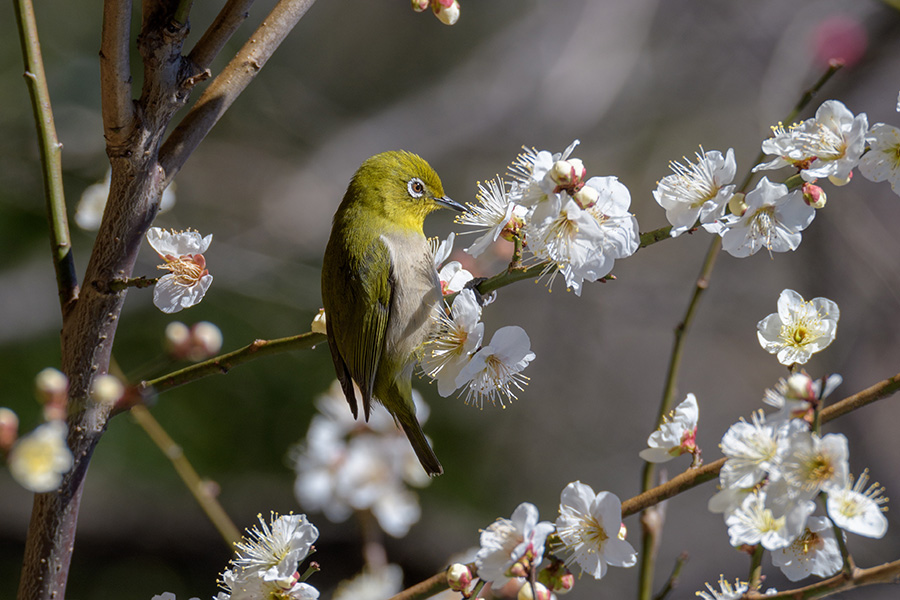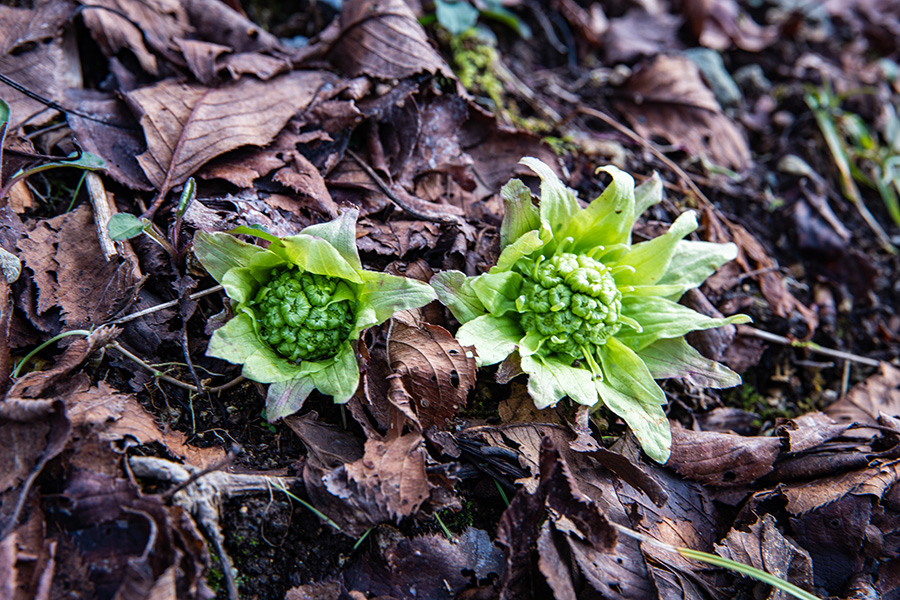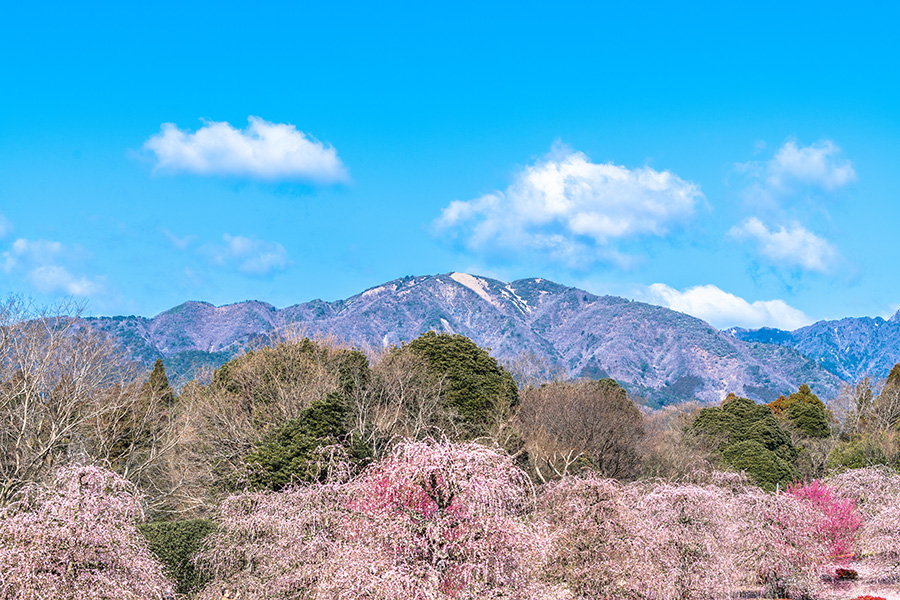
Kids Web Japan
Calendar
Risshun

Risshun, which falls in early February, is the first day of spring in the traditional Japanese calendar. According to the calendar used in the East since ancient times, Risshun marks the beginning of spring, Rikka (early May) the beginning of summer, Risshu (early August) the beginning of autumn, and Ritto (early November) the beginning of winter. The dates of Risshun, Rikka, Risshu, and Ritto are different from year to year.

Until Japan adopted the Gregorian calendar in 1873, time was counted on the old lunar calendar. This calendar is based on the waxing and waning of the moon, so it isn't always in sync with the actual seasons. So farmers relied on the nijushi sekki (the 24 solar terms) to tell when to start planting or harvesting.
The nijushi sekki is a system dividing the year into 24 periods of 15 or 16 days each, corresponding to changes in the sun's position in the sky along its ecliptic (its apparent path among the stars during the year). The first day of each of these periods has a name descriptive of the season, and Risshun ("becoming spring") is one of them. Thus, people used a combination of lunar and solar calendars to keep track of the seasons and gauge the brightness of the nights.

No special events are held on Risshun, but it's an important day for farmers because all other days dividing the seasons are based on this day.
The time between the end of January and Risshun is the coldest time of year. After Risshun the sunlight becomes brighter day by day, and although temperatures don't yet rise that much, the approach of spring can be clearly felt.
